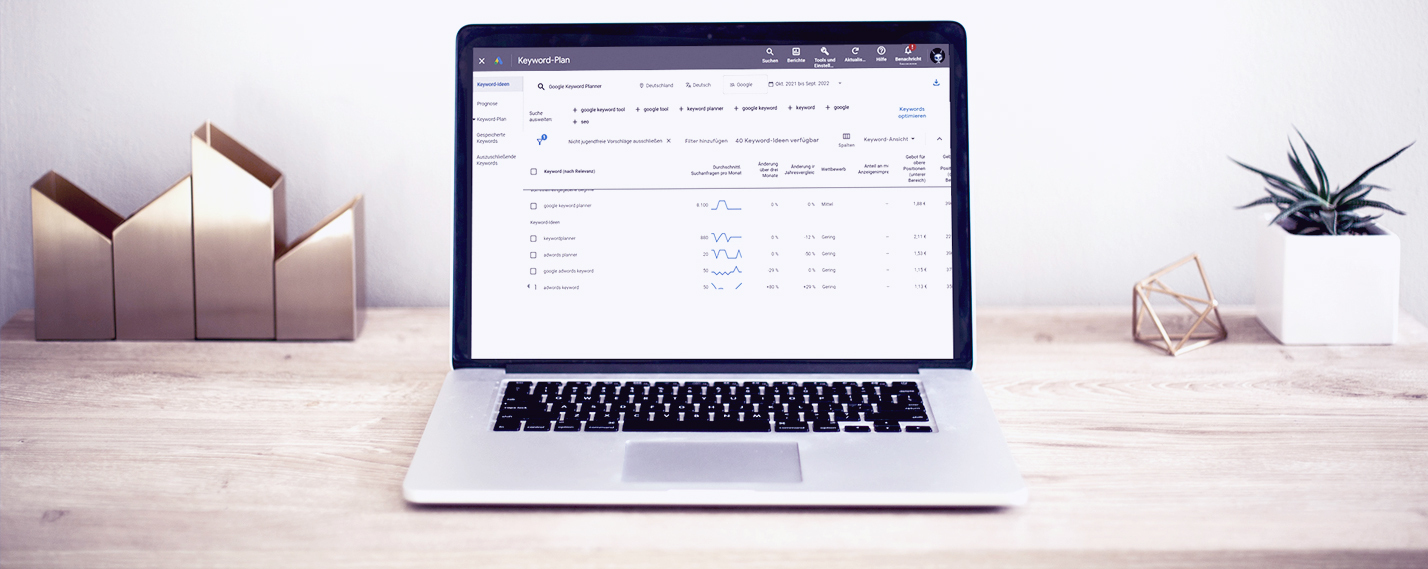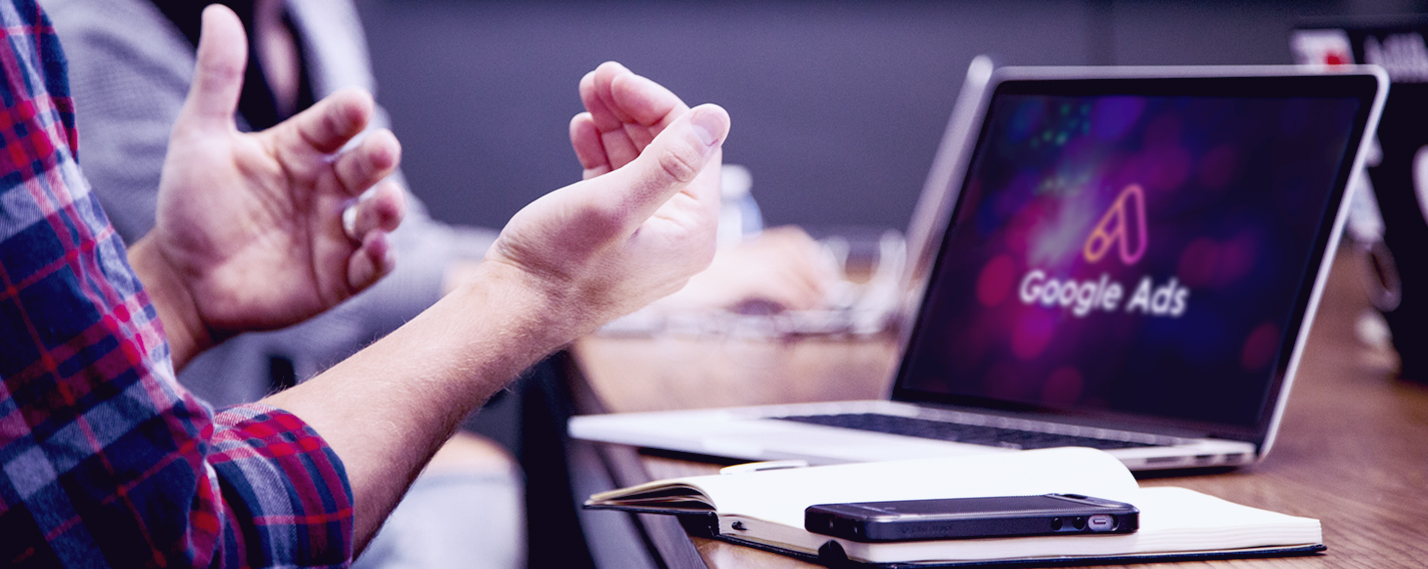Google Smart Shopping campaigns will no longer exist like this
From 1 July 2022, there will be a big change in Google Ads, because Smart Shopping campaigns will no longer exist.
In this blog post, you can find out what Smart Shopping campaigns will look like in the future and how you can deal with the change best.
What has happened so far
Since April 2022, it has been possible to initiate an early changeover from Smart Shopping campaigns (SSC) to Performance Max campaigns (PMax) via a click in the account notifications, recommendations or in the campaign type column. If you haven’t already initiated this process, things are about to get really interesting as the automatic migration phase starts this month and continues until September 2022.
What are Performance Max campaigns?
Performance Max campaigns are a new campaign type that includes the inventory of almost all previous standard campaign types. That means text and shopping ads in the search network, dynamic ads in the display network as well as Youtube, Gmail, local and discovery ads all run in a fully automated PMax campaign.
What does this automation entail?
With PMax campaigns, even advertisers with little experience can quickly and easily place ads on Google. This type of campaign is particularly suitable for anyone who does not want to or cannot deal with cost structures and maintenance to any great extent.
But beware: this full automation means that you as a campaign manager lose numerous valuable insights.
Here is an overview of what you specifically lose:
- No evaluation or optimisation of channels, keywords and campaign data possible. PMax campaigns use the cross-network and do not transmit click type data, so it is not possible to clearly identify which ad is used and how.
- No focus on specific keywords and placements possible. Only the Insights tab provides predefined reports, which, however, do not show any closer reference. There are also hardly any insights about which traffic is generated, so that maintaining your exclusion lists becomes more of a guessing game.
- In addition, exclusions from search queries and placements can now only be made via Google Support.
- It is also not possible to design or differentiate the final advertising media yourself. With PMax, only so-called assets such as text lines, images and YouTube video links can be created in an asset group, which Google integrates in fully automatic ad formats in different combinations.
- Important: Without text and images, the PMax campaign cannot work, but without a Youtube link it can! This is because Google uses your provided texts and images to automatically generate a Youtube video with a background melody chosen by Google. This can ultimately lead to inappropriate creatives that may not fit your business.
What is the best way to handle the switch to Performance Max campaigns?
Now that the switch is automatic, we strongly recommend you check your asset and listing groups. Have your assets and audience signals been transferred correctly? Are any missing and need to be added? You should also check whether your product group structure has been transferred correctly. In general, you should consider how and whether you can successfully use this new format for yourself.
What happens to my historical Smart Shopping data?
Don’t worry, your Smart Shopping data will remain with you. In the “Overview” tab of your Performance Max campaign, you can easily switch the campaign view from Performance Max to Smart Shopping and back.
What happens to my other non-Shopping Standard campaigns?
Again, we can reassure you that it is possible for standard campaigns and PMax campaigns to co-exist. In contrast to other Smart campaigns, PMax follows the “trumping” principle.
If a keyword is created in your search campaigns and matches the search query exactly, it will also be used in the auctions. For non-exact search queries, however, the campaign with the higher ad rank is used. This can be your standard campaign or your PMax campaign.
You can get a complete overview here.
| Campaign 1 | Campaign 2 | Campaign that participates in the auction |
| Search campaign with keyword that exactly matches the search query | Performance Max | Search Campaign |
| Search campaign with keyword that does not exactly match the search query | Performance Max | Campaign with higher ad rank |
| Smart Shopping Campaigns | Performance Max | Shopping ads: Performance Max Local ads: Performance Max Dynamic Display Remarketing: Performance Max All other display ads: Campaign with higher ad rank |
| Standard Shopping Campaigns | Performance Max | Shopping ads in Search/Shopping: Performance Max Shopping ads in Search Partner Network: Performance Max Shopping ads on Gmail and YouTube: Campaign with higher ad rank |
| Display campaigns (without feed) | Performance Max | Campaign with higher ad rank |
| Display campaigns (with feed) | Performance Max | Dynamic remarketing ads: Performance Max All other display ads: Campaign with higher ad rank |
| Video Campaigns | Performance Max | Campaign with higher ad rank |
| Discovery Campaigns | Performance Max | Campaign with higher ad rank |
| Local Campaigns | Performance Max | Campaign with higher ad rank |
Performance Max – Our conclusion
The new change can bring advantages, especially if the current structure is not sufficiently developed and there is no time for this matter, but also disadvantages, if there is already a developed structure and routines and you basically work with attention to detail. In short, if one wants to keep control.
Therefore, the use of standard campaigns remains important to get as many insights as possible and to optimise them according to one’s own interest. But co-existence is also possible as already described and we at BiddingLab will continue to support you in achieving your goals.




